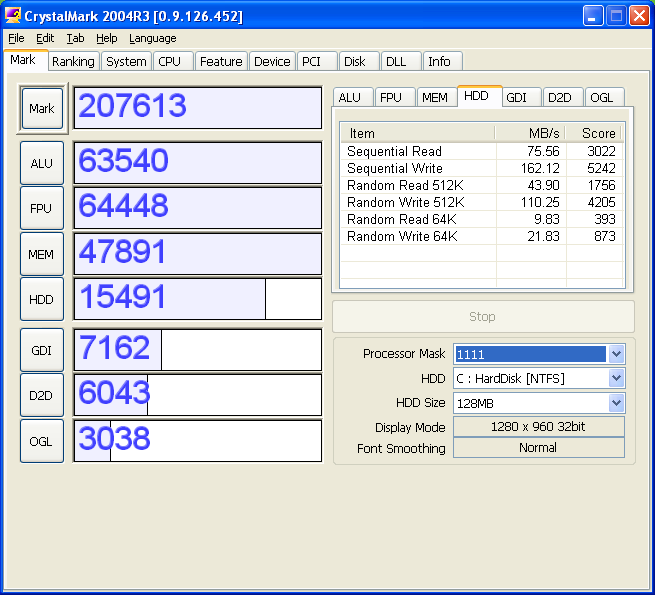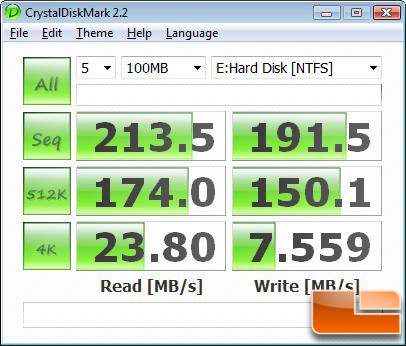
Comparing the '4K Q32T16' and '4K Q1T1' numbers can quickly tell us whether the storage device supports NCQ (native command queuing) / UASP (USB-attached SCSI protocol). The plain 'Rnd4K' one uses only a single queue and single thread. The 'Seq1M' traces use a 1MiB block size. The 'Seq128K Q32T1' sequential traces use 128K block size with a queue depth of 32 from a single thread, while the '4K Q32T16' one does random 4K accesses with the same queue configuration, but from multiple threads.

Internally, CrystalDiskMark uses the Microsoft DiskSpd storage testing tool. Two of the traces are sequential accesses, while two are 4K random accesses.


As the rest of the benchmarks show, the X6 is only able to reach advertised numbers for real-world workloads.ĬrystalDiskMark uses four different access traces for reads and writes over a configurable region size. The ATTO read numbers for the X6 were a bit off, despite repeated retries. It does allow the visualization of change in transfer rates as the I/O size changes, with optimal performance being reached around 512 KB for a queue depth of 4 in the SanDisk model, and around 128KB for the X6. ATTO benchmarking is restricted to a single configuration in terms of queue depth, and is only representative of a small sub-set of real-world workloads. Both of these are backed up by the ATTO benchmarks provided below. Western Digital claims claims read and write speeds of around 2 GBps for the SanDisk Extreme PRO Portable SSD v2, while Crucial claims speeds of 800 MBps for the X6. Yet another use of these synthetic benchmarks is the ability to gather information regarding support for specific storage device features that affect performance.

The results translate to the instantaneous performance numbers that consumers can expect for specific workloads, but do not account for changes in behavior when the unit is subject to long-term conditioning and/or thermal throttling. Synthetic Benchmarks - ATTO and CrystalDiskMarkīenchmarks such as ATTO and CrystalDiskMark help provide a quick look at the performance of the direct-attached storage device.


 0 kommentar(er)
0 kommentar(er)
